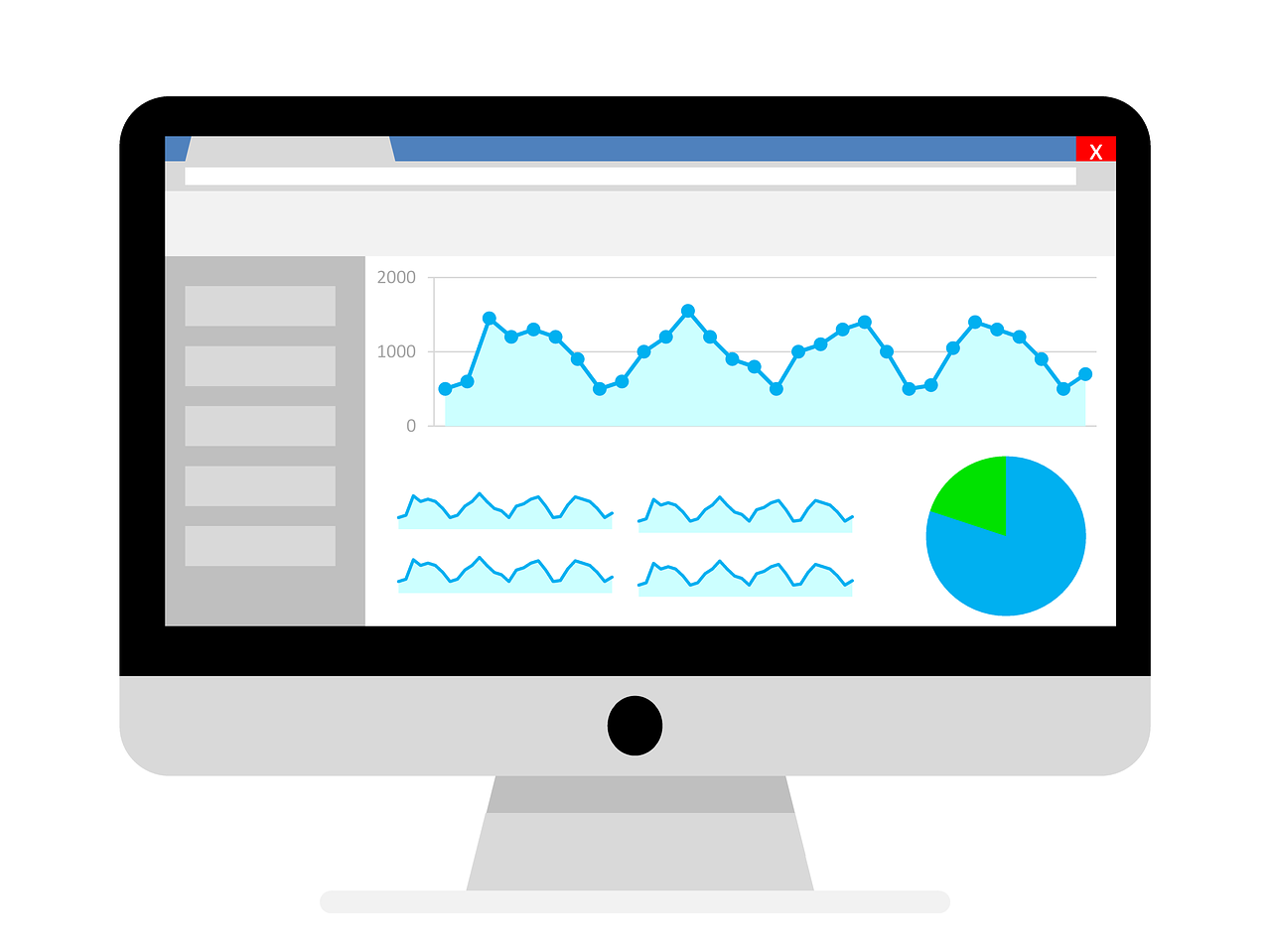Your cart is currently empty!

Google Analytics vs. Jetpack Stats
Google Analytics is a web analytics product from Google, the people with access to the largest possible amount of information about the web. It’s relatively easy to use, robust, reliable, and free. We sincerely believe that every website should have Google Analytics installed, even if you don’t currently look at your analytics at all. So why are we even discussing Google Analytics vs. Jetpack Stats?
Because we know that there are people who wonder about this, and we like to be helpful. Also, we know that there are people who will not be able to use Google Analytics effectively to meet their needs. (We believe that these people should contact us to talk about getting some analytics help, but that’s another post.) Jetpack Stats is a web analytics alternative for WordPress users, and it’s an alternative worth considering if you have a WordPress website.
Will Jetpack Stats work for you?
There are significant differences between Google Analytics and Jetpack Stats. Both are good at what they do. So we want to start with a simple test. In the screenshot below, you can see the dashboard of Jetpack Stats:

It shows, by default, how many visits you’ve had each day for the past 30 days in a bar graph. In text below the graph it also shows how many views you’ve had so far today, how many you’ve had during the lifetime of the site (or of the stats, at least), and the largest number of visits you’ve had in a single day during that time.
Move down below the graph to see two reports. The box on the left shows your top referring sites for the past two days — search engines and Pinterest for our lab site. It also shows the top posts and pages for the same two days.
So you can immediately see what kind of traffic you’re getting, a few top sources, and what content is most popular. You can scroll down to see some search engine terms (most are not identified) and where your visitors have clicked.
Is this enough information for you?
You can click through to WordPress.com to see more, to change the date range and see geographic information and which authors are most popular. But the quick glance gives you most of the available information. If a quick look at overall traffic and popular posts is what you want, Jetpacks Stats will do the job.
What Google Analytics has to offer

Google Analytics doesn’t have a quick glance dashboard, really. The screenshot above is part of the default Reports screen, and you can certainly make your own, but there is nothing like Jetpack’s quick look. By default, Google Analytics will show you 7 days of your website’s history, and dozens of different reports from overall traffic to top-selling products. You can also create your own reports and explorations using many, many variables in different combinations. See the screenshot below to get a sense of how flexible the program is.

And this is the important thing about Google Analytics: it provides huge amounts of data which can answer pretty much all your questions about your website and its users.
If somehow this level of detail is insufficient for your needs, Google has paid options that offer more.
So if your question about Google Analytics vs. Jetpack Stats is, “Which one should I choose?”, then your answer is fairly simple. Install both. If Jetpack has what you need to know, go there every day or two and see what’s happening. If you have more complex questions, now or in the future, Google Analytics will have it for you.
Google Analytics vs. Jetpack Stats
As you can imagine, there are lots of aspects of the two analytics packages we could discuss — and you will find lots more information in our Analytics archive — but as we discussed the question within our team, we concluded that we could give a simple piece of advice to any WordPress website owner.
Install Jetpack so you will have access to Jetpack Stats. If you have compatibility issues, this may not work well for you, but most websites can run Jetpack comfortably. Also install Google Analytics. Check your Jetpack Stats regularly. If they provide you with useful information, great. If not, you can always remove the Jetpack plugin.
Use Google Analytics regularly for decision making. If you find it hard to use, we offer Analytics Reports with strategy recommendations. If you don’t feel a need for intensive analytics, install GA anyway (it’s free) so you’ll collect the data you will need if and when you ever decide that you want to make data-driven decisions.
We feel that this is the best plan for… well, every WordPress website owner we’ve met. Disagree? Let us know why in the comments!
by
Tags:
Comments
One response to “Google Analytics vs. Jetpack Stats”
Thanks for posting this blog, was a great read. Personally like to use analytics, it is far more accurate

Leave a Reply